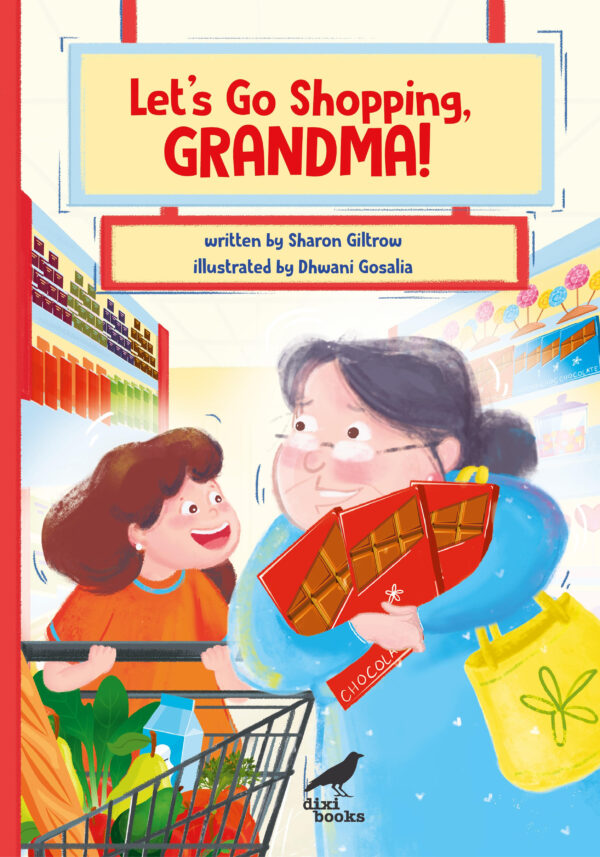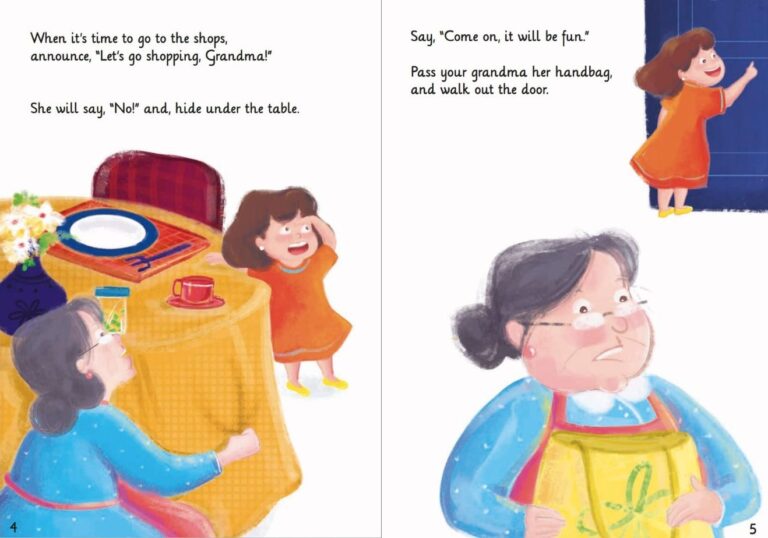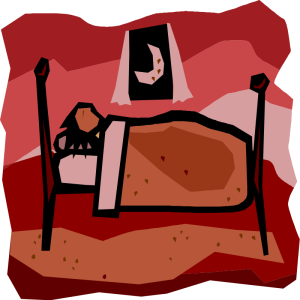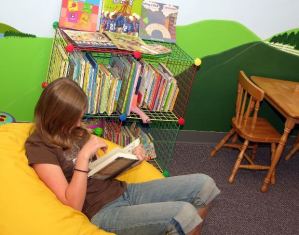Today it is my pleasure to review the hilarious new picture book Let’s Go Shopping, GRANDMA!, written by Sharon Giltrow, illustrated by Dhwani Gosalia and published by Dixi Books. This post is part of a Books on Tour promotion.
About author Sharon Giltrow

Sharon Giltrow grew up in South Australia, the youngest of eight children, surrounded by pet sheep and fields of barley. She now lives in Perth, Western Australia with her husband, two children and a tiny dog. Sharon is a children’s author who writes humorous and heartfelt picture books and speculative, adventure-filled middle grade books. Since 2020 Sharon has built a collection of literary work including BEDTIME, DADDY! and GET READY, MAMA! LET’S GO SHOPPING, GRANDMA! is her third picture book. A fourth, LET’S GO TO THE BEACH, GRANDPA! is due to be released in 2024. Her debut early middle grade book SAMARA RUBIN AND THE UTILITY BELT – Book one in THE UTILITY BELT series was released in July 2023.
Sharon can be found at her website, Facebook, Instagram and Twitter.
About Let’s Go Shopping, GRANDMA!

For ages 3 – 8
Published by Dixi Books
A hilarious tongue-in-cheek role-reversal story, following the success of Bedtime, Daddy! and Get Ready, Mama!, Sharon Giltrow has done it again!
The blurb
Taking Grandma shopping can be tricky! She will dawdle to the bus, ask to push the trolley and plead for chocolate. But with cuddles, a few deep breaths and a piggy back ride, you and your grandma will get the shopping done!
Let’s Go Shopping, GRANDMA! is an essential guide for anyone who has ever had to take a grown-up shopping.
What I like about Let’s Go Shopping, GRANDMA!
Let’s Go Shopping, GRANDMA! is such a fun book. I was immediately captivated by the bright vibrant colours of the cover illustration. The characters appear to be having a lot of fun while they shop. Though I do wonder if that’s a little frazzle I see around Grandma’s edges, she has an armful of chocolate so it can’t be all bad.

The story is engaging and fun through the whole shopping experience, from the initial invitation to shop to the recuperation afterwards. The story is told from the child’s point of view, having to keep a check on Grandma’s behaviour throughout the shopping process. Adults and children alike will recognise and identify with behaviours that are explored. Other than a misbehaving trolley, there are not too many events that couldn’t be interpreted from either’s point of view. But it is the twist, telling the story from the child’s point of view, that really accentuates the humour in what can be a challenging situation if we let it. If we can expect, accept and laugh at the things that happen when we’re out shopping, like stopping to talk to friends, wanting treats at the checkout, having to pee halfway through the shop, etc,
Continue reading: Let’s Go Shopping, Grandma! By Sharon Giltrow — a review – readilearn















